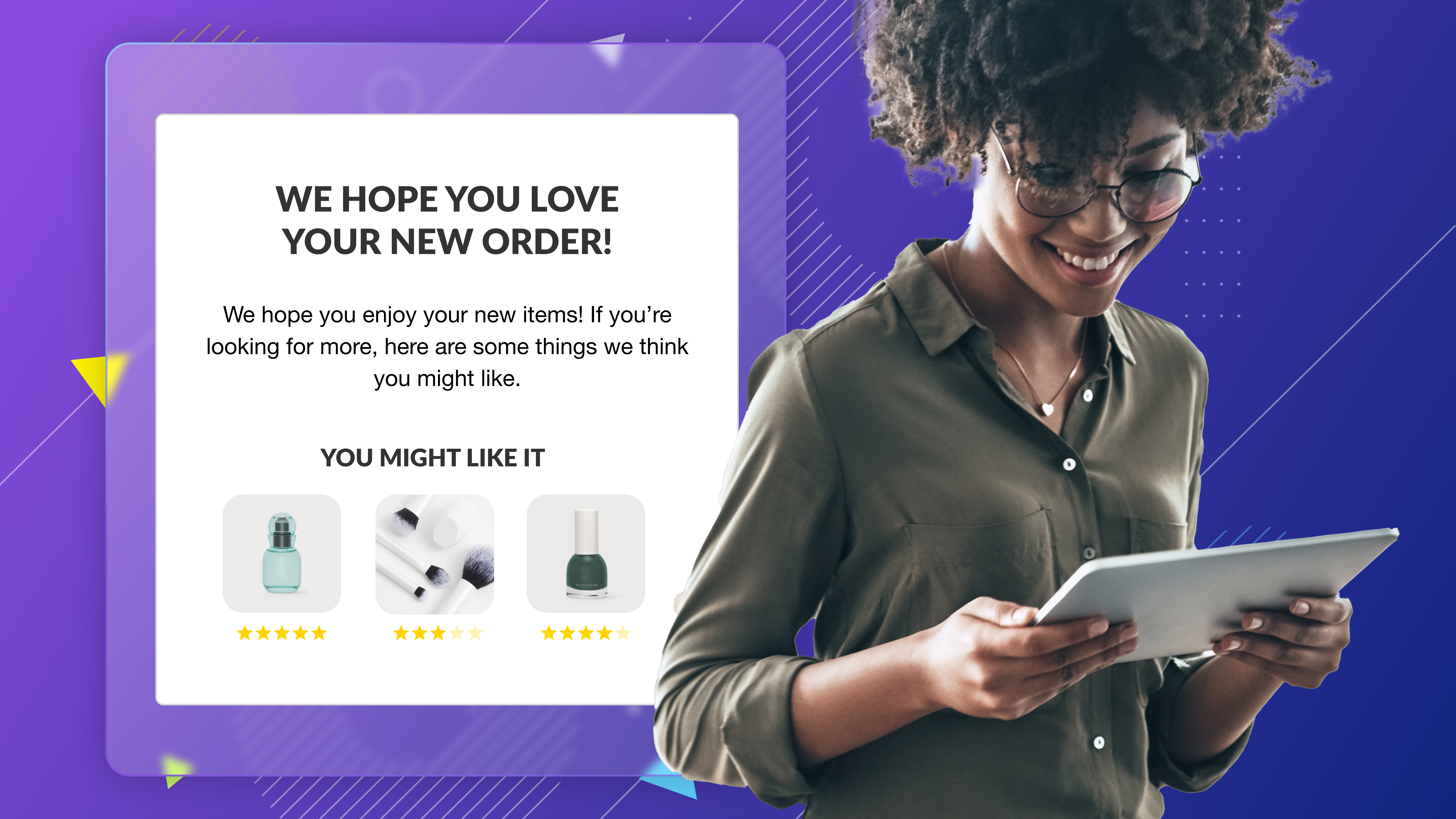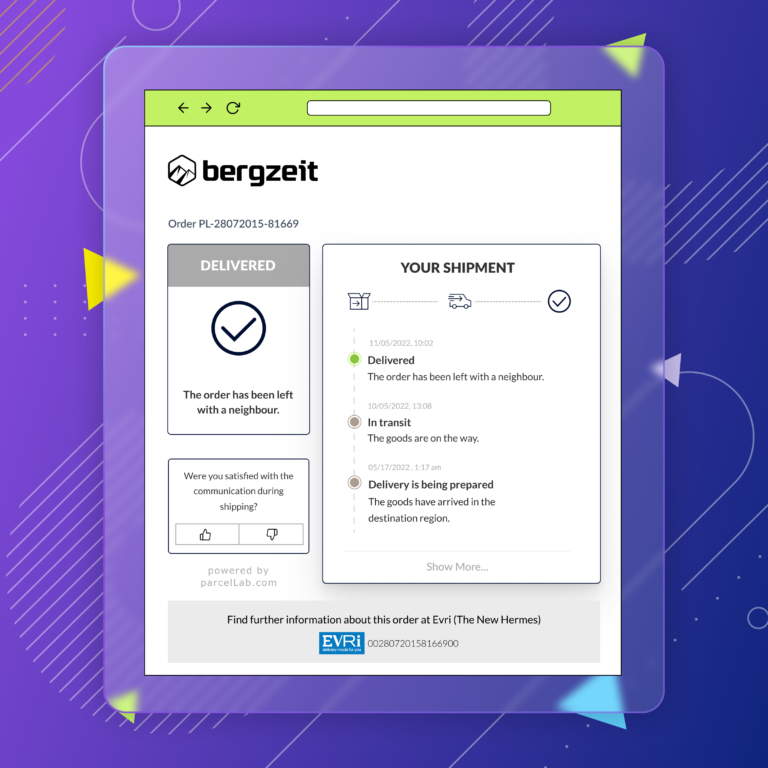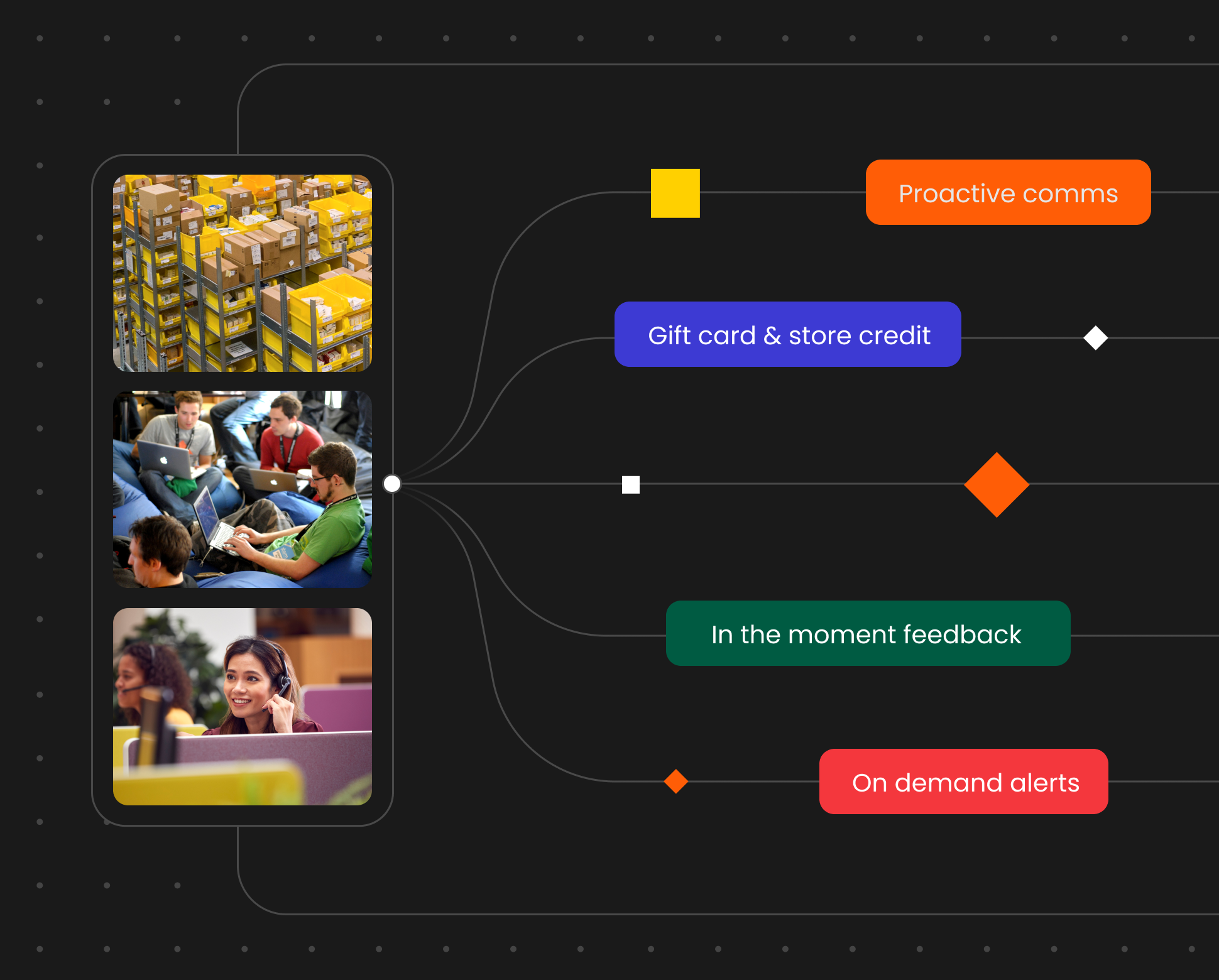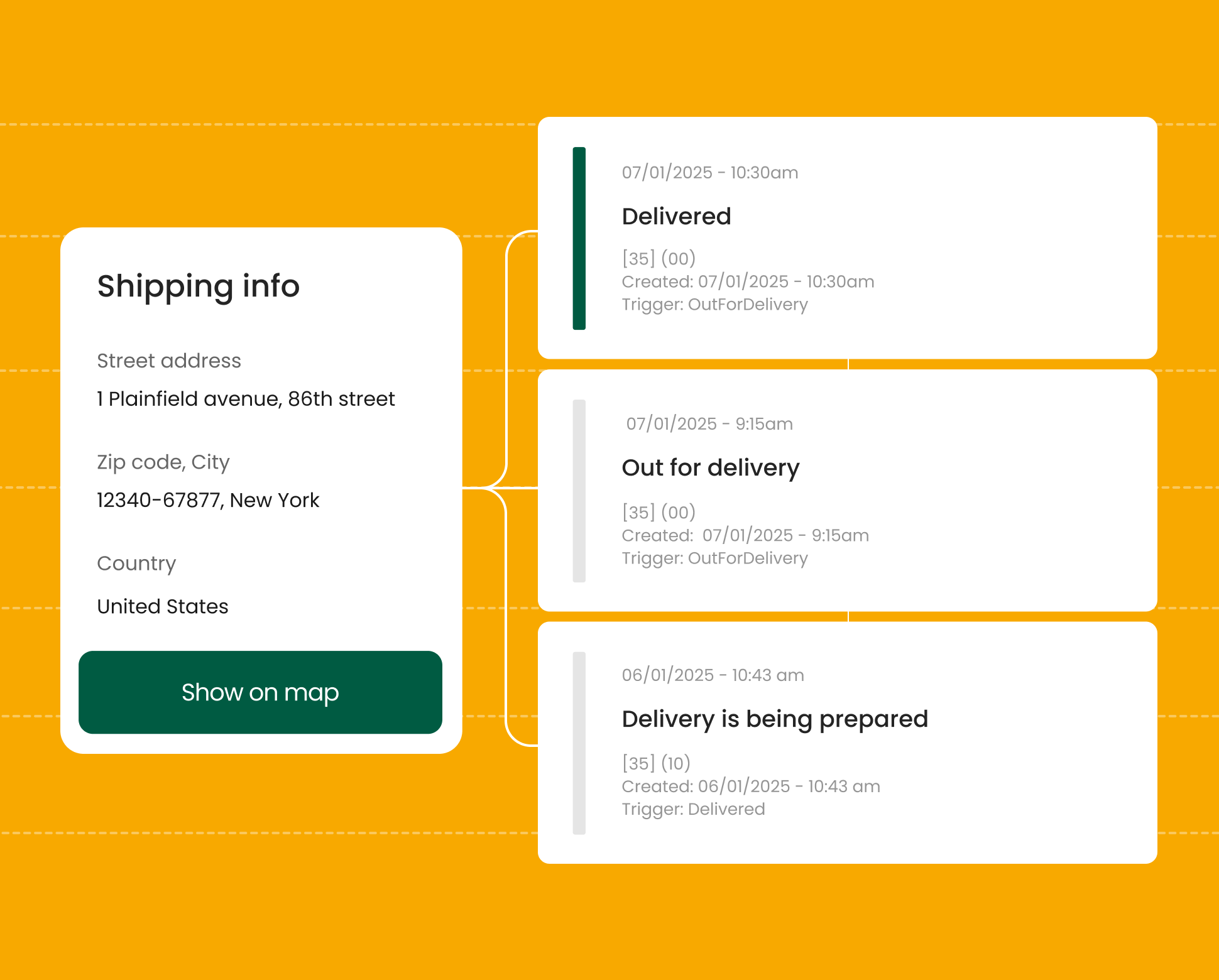What Is Post-Purchase Behavior?

Understandably, brands want to drive repeat purchases and increase their customer lifetime value, as loyal customers are often brand evangelists who can help organizations further grow their business. However, according to industry data, the average ecommerce retention rate is just 28.2%. Add in the fact that the average ecommerce return rate can reach up to 43%, it’s no wonder retailers want to retain customers in the long run.
To do that effectively, ecommerce companies need to really understand consumer post-purchase behavior. That way, brands can nudge customers towards keeping their products, facilitate a smooth post-purchase customer journey, and deliver true value that will convert one-off buyers into loyal, repeat customers.
In this guide, we’ll take a look at what exactly post-purchase behavior is, and what brands need to know about it for long-term success.
What’s Post-Purchase Behavior?
Post-purchase behavior is everything a customer does, thinks, or feels in relation to their ecommerce purchase, from the moment they make the purchase. It continues until the end of the return period, but can extend further, like if customers leave a review after that period.
Pre-Purchase Behavior vs. Post-Purchase Behavior: What’s the Difference?
Though they look and sound similar, these two types of behavior don’t have much overlap! One way to look at it is like this: pre-purchase behavior relates to customer acquisition, while post-purchase behavior is what ecommerce companies focus on to ensure customer retention.
Now let’s break it down a bit more.
Pre-purchase behavior is what a potential customer does before they make a purchase or the decision-making process. This includes becoming familiar with the brand, considering different options, reading reviews, asking friends and family for their personal experiences, and more. Like we said, this is where most ecommerce companies dedicate a lot of their resources to, as their main goal is to actually acquire a customer and have them make a purchase.
Once the product is bought, many brands become less interested in their customers. After all, the purchase is made, right?
However, that should be the last thing ecommerce companies do.
With four out of five customers switching brands due to poor customer experience, the post-purchase experience is a critical, often emotionally charged time for consumers. Clearly, a lot is at stake here, and that’s why brands need to deeply understand what their consumers are up to after they press “buy” if they really want to ensure long-term financial success and drive repeat purchases.
What Are Examples of Post-Purchase Consumer Behavior?
| Post-Purchase Behavior | Description |
|---|---|
| Tracking purchases | Actively monitoring package status and location throughout the post-purchase journey. |
| Consumers communicating with brands | Engaging with customer service for assistance with post-purchase queries and issues. |
| Repeat purchase behavior | Making subsequent purchases based on factors like price, personalization, and a positive experience. |
| Post-purchase dissonance | Feeling unsatisfied with the purchase and considering a return or exchange. |
| Product reviews and ratings | Sharing feedback and opinions through reviews and ratings about the purchased product. |
| Brand switching | Switching to a different brand due to a negative post-purchase experience or dissatisfaction. |
| Brand advocacy | Becoming a loyal and engaged customer, promoting the brand to others. |
Now that we’ve covered the basics of post-purchase behavior and how it’s different from the pre-purchase stage, here are the top customer behavioral patterns you should be on the lookout for if you want to convert loyal customers.
- Tracking purchases: With 91% of customers actively tracking their packages (and nearly 20% checking them multiple times daily), last mile delivery tracking is an important part in the post-purchase customer journey. Using a branded order status page, customers can know exactly where their purchase is, 24/7.
- Consumers communicating with brands post-purchase: There’s a significant chance that consumers will need to contact customer service at some point, whether to help with a missing package, to get assistance with returning an item, or anything in between. However, by providing real-time updates by investing in your post-purchase communication, organizations can significantly reduce their inquiry rate, like we did with our customer Bergzeit.

- Repeat purchase behavior: This is the post-purchase behavior every ecommerce brand wants. A plethora of factors play a role in driving recurring purchases, including price, personalization, loyalty programs, and more. One important factor you shouldn’t forget, however, is the overall purchase experience: is it easy for consumers to return a product if needed? Do you provide ample post-purchase communication so they’re in the loop about their package? If not, you may be missing out on considerable revenue.
- Post-purchase dissonance: Tthis is a fancy way to say the customer wasn’t pleased with their purchase, or buyer’s remorse. When this happens, the customer may keep the package, but chances are high that they’ll either initiate a return or exchange process.
- Product reviews and ratings: A review can be either positive or negative, but either way, social proof really matters, as 92% of customers trust earned media, far higher than paid or owned media. Listen to what your customers are saying!
- Brand switching: If the consumer journey is laden with disappointments, unclarity, or delays, consumers will jump the gun in the blink of an eye. UK industry data shows that over one in three customers switch brands for essentially no reason whatsoever, so if brands offer a poor customer journey and don’t invest in the post-purchase experience, the probability of brand switching instantly skyrockets.
- Brand advocacy: Conversely, a stellar brand experience that provides real value, coupled with a loyalty program is far more likely to convert a one-off buyer into a loyal, engaged customer. With brand evangelists, your organization will become visible to new audiences, and you’ll increase your overall brand awareness.
Ecommerce Post-Purchase Behavior: Is It Any Different?
Yes and no. While we didn’t specifically delineate between offline and online post-purchase behavior in the above examples, there are a lot of similarities. Most importantly, all the consumer behaviors we wrote about are exhibited whether in a brick-and-mortar shop or online. The difference, however, lies in the frequency.
For example, consumers are more likely to impulse shop in physical locations. And when it comes to product return rates, it’s under 9% in physical stores, compared to 30% in ecommerce. Talk about a huge difference.
While there are patterns and general trends to be aware of, your mileage is likely to vary based on a wide range of factors, including your location, target audience, brand positioning, and more. Basically, it’s important to keep a close eye on the behavioral patterns of your (potential) customers throughout the customer journey in order to glean invaluable insights from them and improve your customer retention rate.
Wrapping Up
The ecommerce playing field is definitely becoming more and more competitive. If you want to give your brand a fighting shot, investing in the post-purchase customer journey and understanding post-purchase behavior is essential to building a base of loyal brand evangelists.
As more brands realize the importance of providing well-rounded customer experiences, there’s less room for mediocre ecommerce companies to skate by and remain sustainably successful. While automation and AI will likely play a critical role in terraforming the post-purchase landscape (for example through predictive, AI-powered customer service for simpler requests, or automated logistics), a human touch that provides an empathetic understanding of post-purchase behavior will likely remain necessary in the near future.
There’s a fair degree of uncertainty around the future of post-purchase communications and how it will look, but one thing is certain: by truly connecting with and investing in your customers, you’ll be able to supercharge the overall customer experience and provide real value.
Leverage parcelLab’s powerfulpost-purchase platform today to optimize the customer experience.



